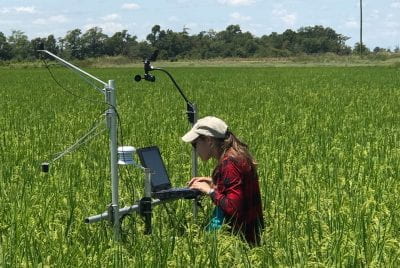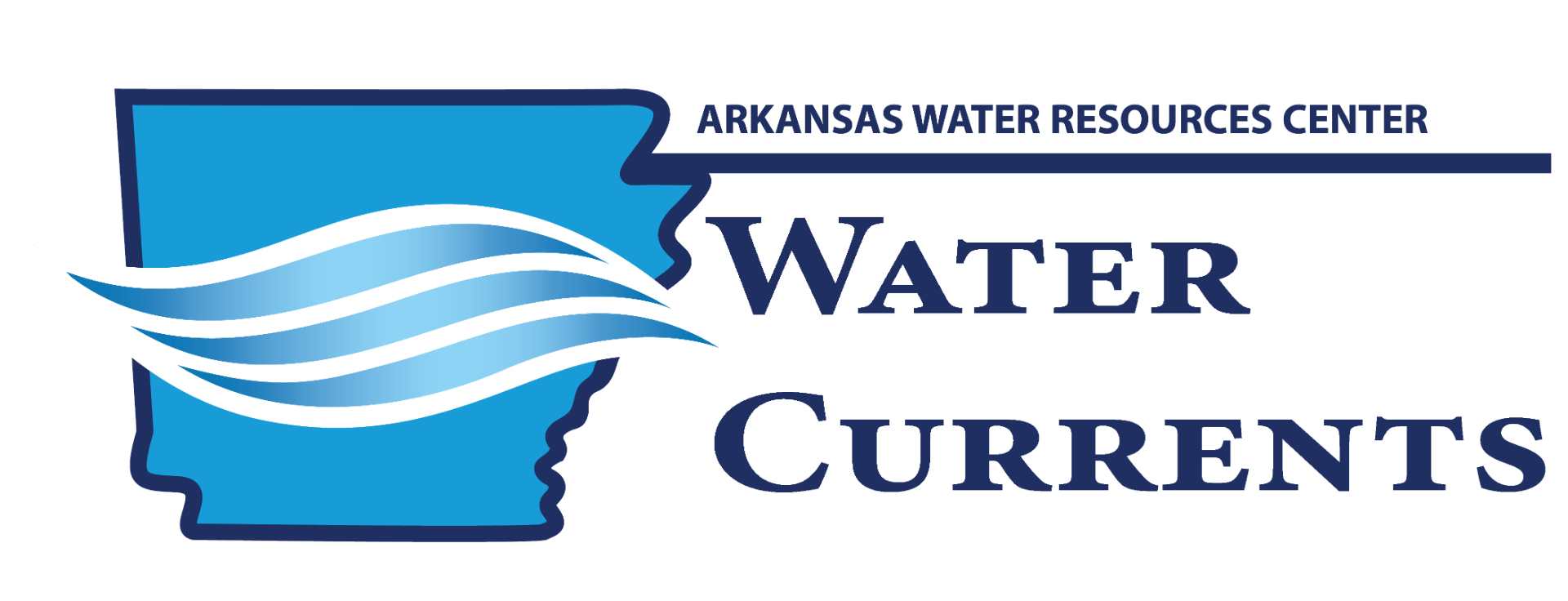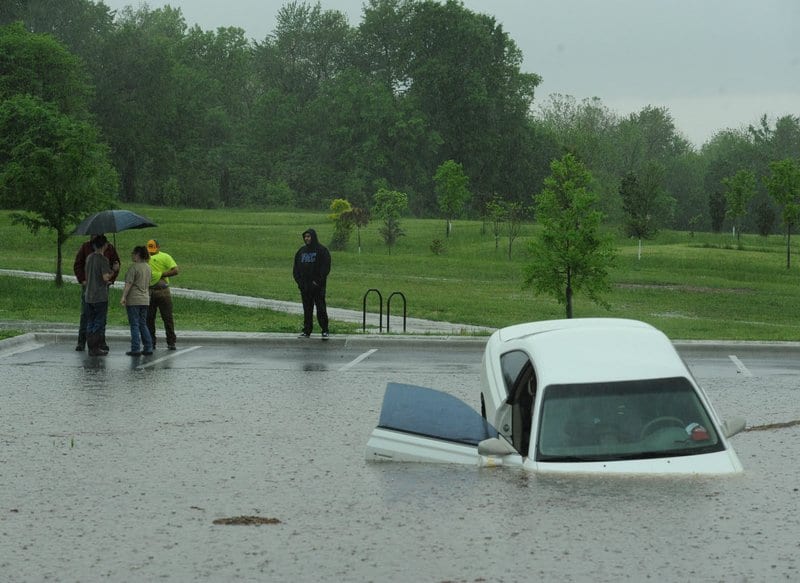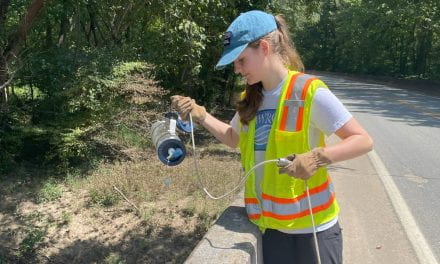
RESEARCHERS WORK TO BETTER UNDERSTAND WATER USE FOR ARKANSAS AGRICULTURE

Many communities in Eastern Arkansas rely on groundwater for irrigation, commercial, and public water supplies. Specifically, pumping groundwater from the surficial Mississippi River Valley Alluvial (MRVA) aquifer for irrigation supports a $2.5 million agricultural economy for the state. However, unstainable withdrawal of this groundwater for irrigation is contributing to groundwater depletion causing both environmental and economic concerns.
Rice and cotton agriculture alone uses approximately 50% of the irrigation water in Arkansas. Having a better understanding of when to irrigate crops and how much water is needed can help producers use groundwater resources more effectively and sustainably. Measuring evapotranspiration (ET) can provide a means for making predictions for irrigation scheduling based on the needs of the crop. ET is the sum of evaporation of water from the ground and other surfaces and transpiration of water from plants.
ET is directly tied to plant growth and thus an important indicator of water, carbon, and energy cycling across the landscape. Unfortunately, ET is difficult to measure and requires expensive specialized equipment. Improvements to current methods and alternative methods are needed to reduce the costs in ET measurement systems so that ET estimates can be made across multiple crops throughout the whole aquifer-withdrawing region of the state.
Dr. Benjamin Runkle, University of Arkansas professor of Biological and Agricultural Engineering, along with his research group are using estimates of evapotranspiration (ET) for different Arkansas row crops as part of a broader strategy to understand and improve upon the over-use of groundwater for irrigation in the state.
In this study, the group used the eddy covariance method to measure ET in production-scale rice and cotton fields over multiple years. Eddy covariance is a complex process that looks at changes in water vapor and gases across the landscape. Two irrigation strategies were compared in the rice fields. In 2016, the Alternate Wetting and Drying (AWD) irrigation technique was used, which allows fields to go dry for part of the growing season, using less irrigation water than conventional methods. In 2017, the status quo of continuous flooding was used to irrigate both rice fields during the growing season.
Dr. Runkle’s group also tested a novel ET measurement method known as surface renewal. The surface renewal method is a potentially cheaper and more scalable method for measuring ET across multiple different land management practices.
Growing season ET was comparable between rice and cotton fields, ranging from 555 to 666 mm across all three fields. Additionally, there was little difference in ET between the continuous flooding and AWD irrigation strategies for rice. “Crop yield was similar between the more conservative irrigation strategy (AWD) and continuous flooding, which is great for farmers wanting to adopt more sustainable irrigation practices,” said Dr. Runkle.
When comparing the surface renewal and eddy covariance methods for determining ET, the surface renewal method was within 10 to 20% of the eddy covariance estimates. “Most of the over-estimation of the surface renewal method relative to the eddy covariance method occurred early in the growing season before full canopy development of the crop,” said Dr. Runkle. “This is promising for the surface renewal method, and will help guide future research directions,” he added.
This work is part of a growing, multi-institution network named Delta-flux, which is working towards developing climate-smart and water-saving agricultural practices.
This research was funded by the U.S. Geological Survey 104B program through the Arkansas Water Resources Center and was published in the 2018 Arkansas Bulletin of Water Research.















